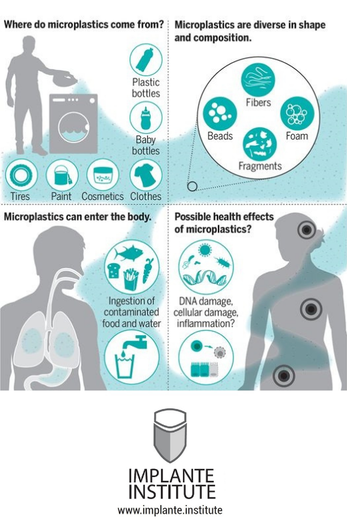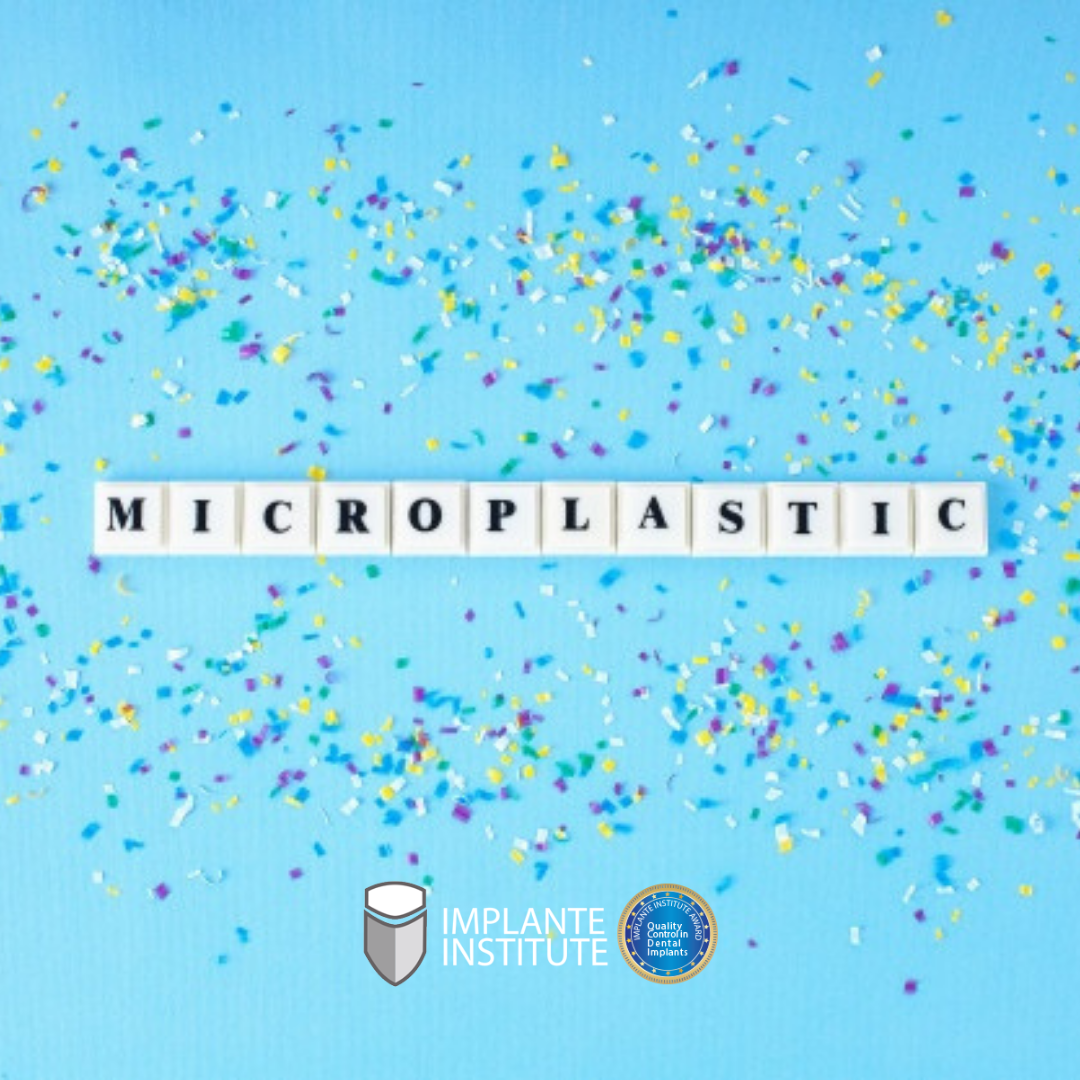The ubiquity of microplastics/ A onipresença de microplásticos
Microplastics are located in every corner of the Earth - including within the human body - which raises significant concerns about their potential effects on people's health and well-being.
Microplastics (plastics smaller than 5 mm) can come from the breakage of plastic objects, tires, toys, clothing, packaging, cosmetics and others. They have many forms and encompass many different forms. Microplastics can enter the human body through ingestion and inhalation, where they can migrate to various organs and negatively affect health, for example by damaging cells or inducing inflammatory and immune systems.
The ubiquity of microplastics (plastic particles <5 mm, including nano-sized plastics <1 µm) in the global biosphere raises growing concerns about their implications for human health (1–3).
Recent evidence indicates that humans constantly inhale and ingest microplastics; however, whether these contaminants pose a substantial risk to human health is far from being understood.
The lack of critical exposure and hazard data represents important knowledge gaps that need to be addressed to move forward.

Os microplásticos estão localizados em todos os cantos da Terra - inclusive dentro do corpo humano - o que levanta preocupações significativas sobre seus efeitos potenciais na saúde e no bem estar das pessoas.
Microplásticos (plásticos menores de 5 mm) podem vir da quebra de objetos plásticos, pneus, brinquedos, roupas, embalagens, cosméticos e outros. Eles tem diversas formas e englobam diversas formas diferentes. Microplásticos podem entrar no corpo humano por ingestão e inalação, onde eles podem migrar para vários órgãos e afetar negativamente a saúde, por exemplo, danificando como células ou induzindo inflamatórias e imunes.
A onipresença de microplásticos (partículas de plástico <5 mm, incluindo plásticos nanométricos <1 µm) na biosfera global levanta preocupações crescentes sobre suas implicações para a saúde humana (1–3). Evidências recentes indicam que os humanos inalam e ingerem microplásticos constantemente; no entanto, se esses contaminantes representam um risco substancial para a saúde humana, está longe de ser compreendido.
A falta de dados cruciais sobre a exposição e o perigo representa lacunas de conhecimento importantes que precisam ser resolvidas para avançar.

